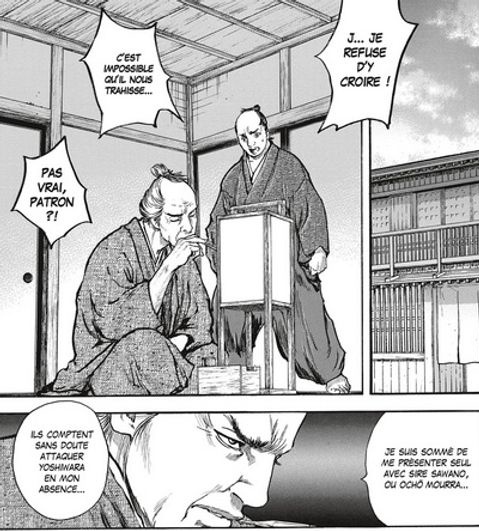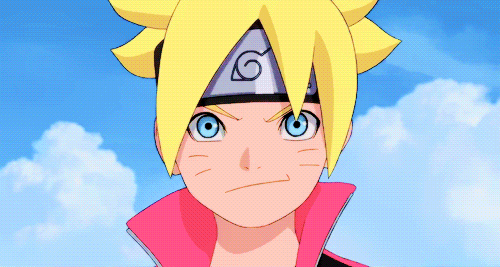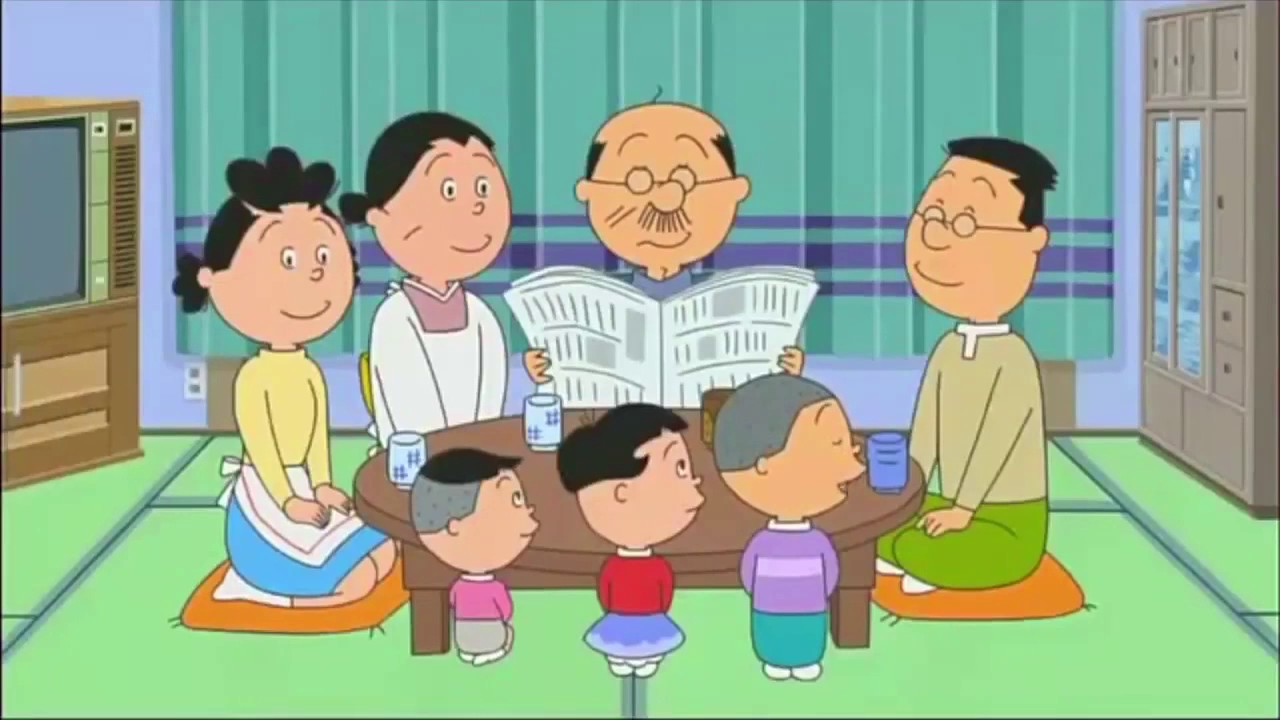The adventures of the spy and geisha Ochô come to an end in this fifth volume. Three times unfortunately for us but will the finale of Butterfly Beast be an apotheosis or a disappointment?
Alone at the castle
In this finale of Butterfly Beast, two plots come together for a unity of place, time and therefore action. Everyone finds themselves at the center of power. The courtesan and spy Ochō continues her mission of infiltration at Edo Castle. It must flush out Christians hidden within the shogun's entourage. However, when she flushes them out, the spy is forced to conduct a double game to avoid death. She is hidden by them because the guards think she is responsible for a murder. These guards are the Iga group found the same month in Keiji. That's not all, because Ochō also had to deal with the shogun's intentions. Meanwhile, a revolt of persecuted Christians and reprobate Shinobi is moving towards Kyūshū. All Saints' Day is coming and it is the day when Father Thomas will meet the shogun. A former relative of Ochô who joined the Christians thinks that a big coup is being prepared.
Writer and cartoonist Yuka Nagate presents Japanese Christians as martyrs in a very pessimistic view. In the face of repression, many have lost all hope of living their religion freely. If we do not deny ourselves, the only hope is to die to go to heaven. This nihilism in defeat could bring them closer to suicide bombers. Two different visions of Christianity coexist in Butterfly Beast. For the authorities, this religion is a tool of Westerners to colonize the country. Spanish words for religion show this influence. For local Christians, they are independent of these foreigners and, nationalists, they believe that persecution divides the country. Father Thomas proposes tolerance and the fusion of Christianity into the local religion. Even if it is adapted to the manga, this last idea is totally inconceivable historically. It would create a Church independent of Rome and mixing Catholicism and local religion.
A double heroine
The life of the heroine of Butterfly Beast is full of contradictions. When she is in the pleasure district, Ochô is the most famous courtesan. She lives in luxury because men spend fortunes to spend the evening with her. She drinks too much and allows herself diva attitudes. However, as a spy, she abandons her clients in the pleasure district. They worry about her absence, but she trains in the forest with her partner, Raizō. Both emerge traumatized from their last battle. Ochō suffered in his flesh while Raizō had to betray his group for a time. Her life is further complicated by a double love story impossible both as a spy and as a geisha.
This final story of Butterfly Beast is the moment of a reconciliation of the two personalities of Ochô because the spy leaves for once the shallows to return to the palace of the Shogun. She does not consider herself a spy but a hunter. This woman appears as the strongest among men. Indeed, their weaknesses appear as soon as the screens close. The young shogun, who seems insensitive, suffers violent nightmares and is remorseful for having killed. Unlike the harsh persecutions it imposes on Christians, it is more humane.
Despite Ochō's many victories, Butterfly Beast is a rather sinister series. Authority is good even when it uses violence outside the law or human rights. From an intimate point of view , love is often a bad counselor and brings no long-term comfort. It is a sudden passion that makes you forget everything or a simple meeting of two interests. Good love is unattainable. Sex remains invisible to the good but torrid to the enemies. However, this darkness is illuminated by Yuka Nagate's drawing. The faces are soft and the decorations extremely precise but without any frills. Conversely, the fights are very fast. The multiple parallel strokes show the speed of the gestures. We do not see the blow but the action just before and after. Through a very subtle framing, a sex scene becomes jointly torrid and political.
Butterfly Beast will have remained until the end a visually beautiful historical manga and full of twists and turns. The reader can only regret the end of this beautiful series of Mangetsu especially that it seems abrupt as it had been done without the agreement of the author. Fortunately, there is still the possibility to reread everything to find these magnificent drawings and the exciting life of Ochô.
You can find on the site a chronicle of the first volume and the manga most awaited by the editor.






































